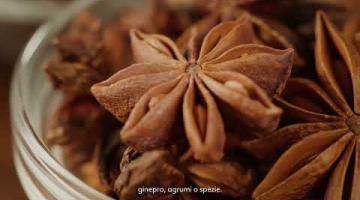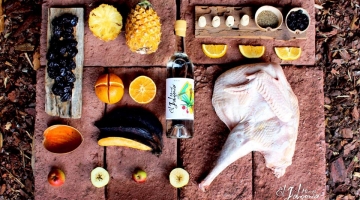British Rum Making in the Eighteenth Century
In the Eighteenth Century, rum making was an art, not a science. An art that relied on some rule-of- thumb principles and on the experiences and skills of particular planters and distillers.
The British plantation elite was usually educated and had a rational approach to rum making.They wanted to produce more, better and at a lower cost, in order to make a bigger profit from rum, and they were successful. After all, in the previous century they had managed to turn the by-products of sugar making into the raw material for an entirely new commodity, rum.
Various kinds of soil, of sugarcane, of juice were pondered in order to understand which were the most suitable. Fermentation and distillation were studied in order to comprehend and improve them.The press of the period is full of observations,discussions, advice etc., even though many practices were kept secret.
But the scientific knowledge of the time was too limited. Suffice it to say that nothing was known about microbes, bacteria or any kind of yeast. Sure, it had been understood that in the wash there was something that produced alcohol. The sources of the period mention “sweets” present in the wash, thus showing that the the connection between sugar and alcohol production had been understood. But what triggered off the process was not known. Wash was often referred to as something alive.
Therefore, at the root of rum production there was, first of all, the experience, the empirical methods of planters and distillers who learnt by trials and errors, failures and successes.
In that period the wash was made up of four basic elements: scum, molasses, dunder and water. The percentages varied noticeably according to the plantations, the months of the year and the choices of the individual planters. The initial natural fermentation lasted one day, but they learnt to prolong it by adding more molasses, and to slow it down by lowering the temperature of the wash with cold water, so as to produce more alcohol.
Experience also showed that it was better to distil during the dry season. Now we know that, at the molecular level, alcohol absorbs water from its surroundings and this, in the rainy season, lowered the temperature excessively. In certain cases it was advised to heat the Still House with fires.
As a general rule, rum was distilled twice. The first time, the so called “low wine” was produced, with low alcohol content. This was then distilled again to make rum.
In the course of the century the Stills became bigger and bigger, until they could contain thousands of liters. In this way, production costs were cut down considerably because building and heating a big Still was proportionally less expensive.
Anyway, making allowances for all these limits, the British planters managed to increase rum production and improve its quality. Thanks to these technical advances, during the XVIII century Barbados and Jamaica emerged as the greatest rum producers in the British Empire and in the world. Slowly Jamaica supplanted Barbados and established itself as the main producer, both in quantity and quality.
-This article was written by Mr. Marco Pierini, The Rum Historian for "Got Rum?" magazine-
thanks to original post http://www.gotrum.com/the-rum-university/rum-in-history/british-rum-maki...
















